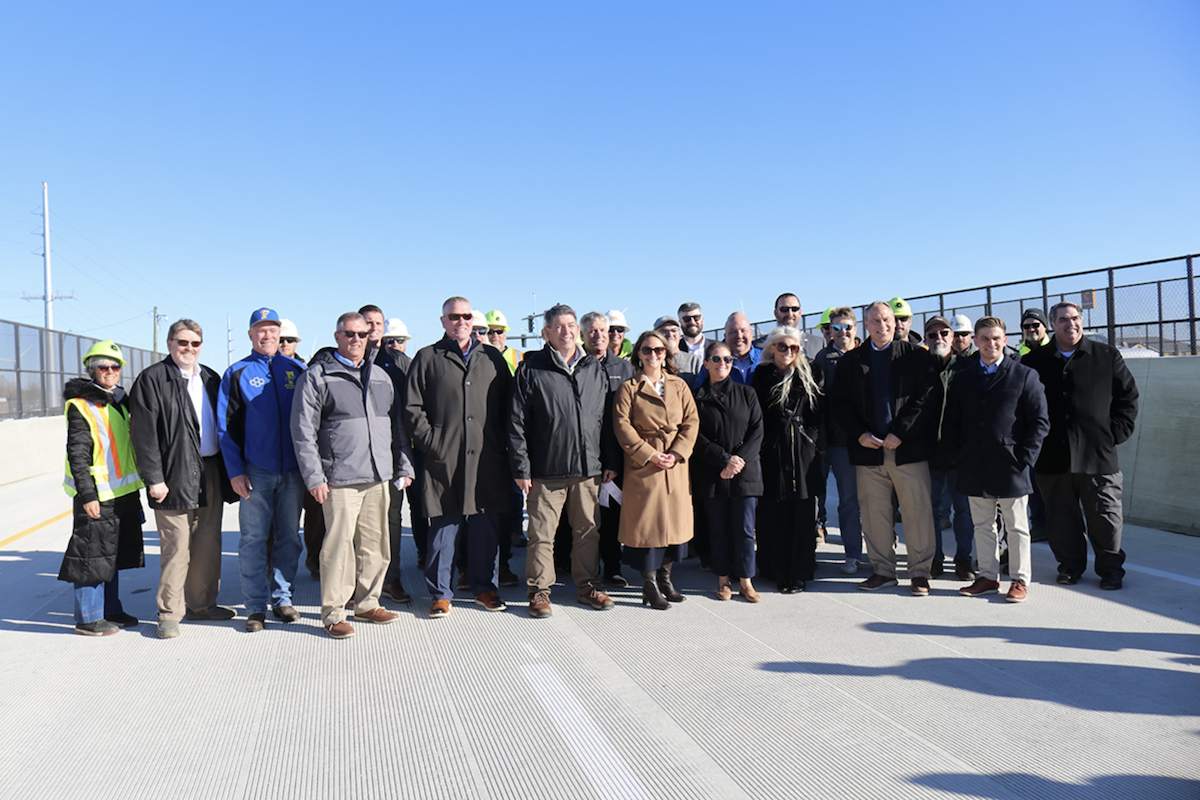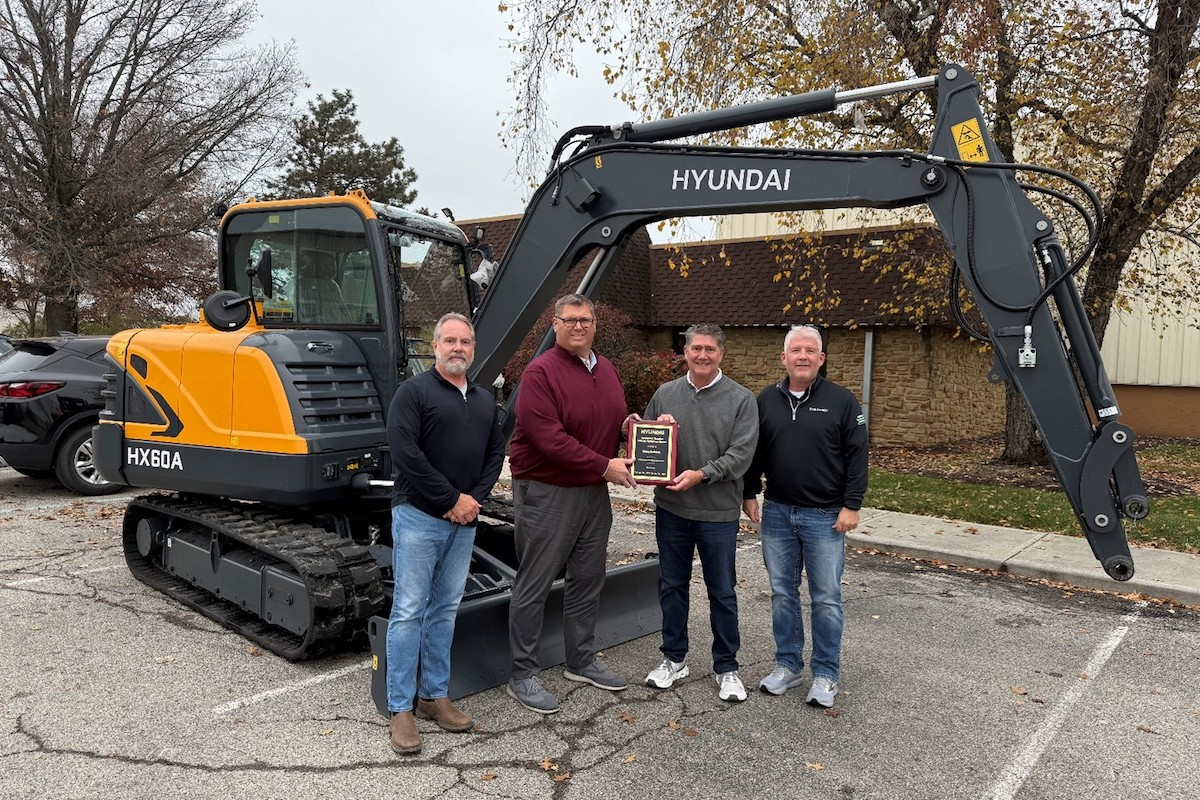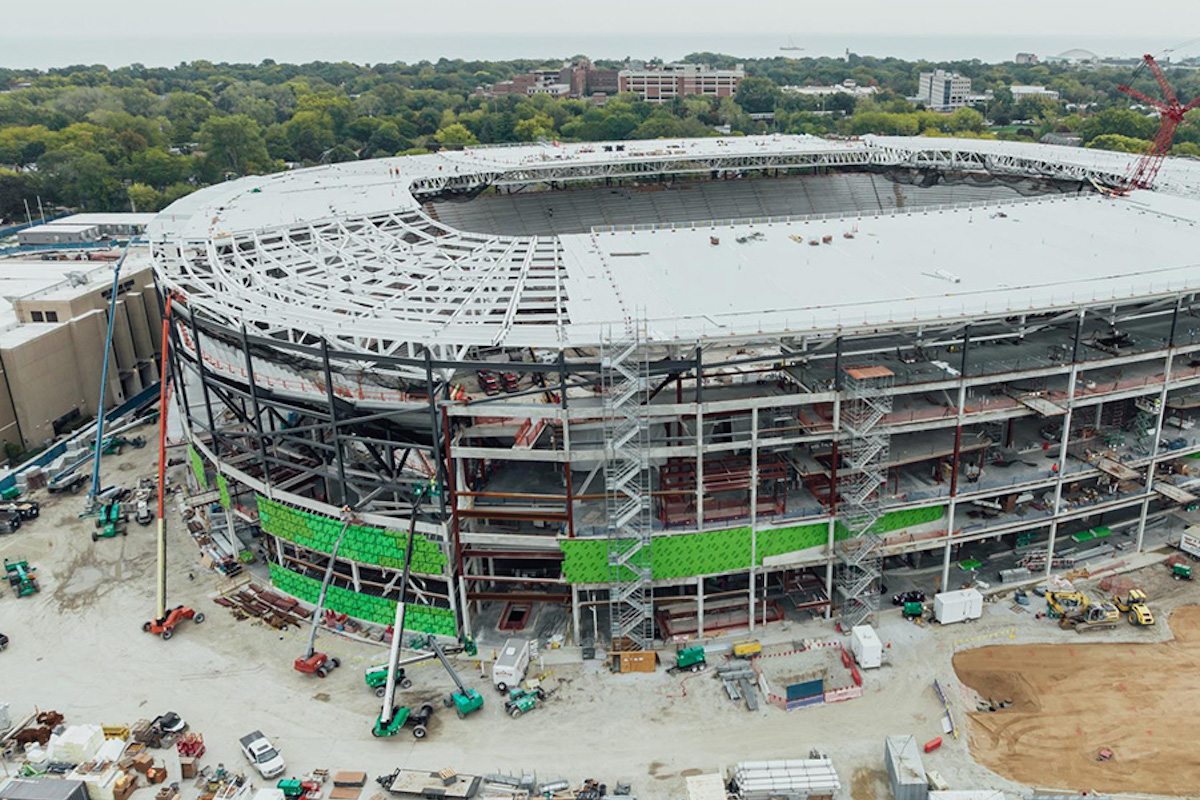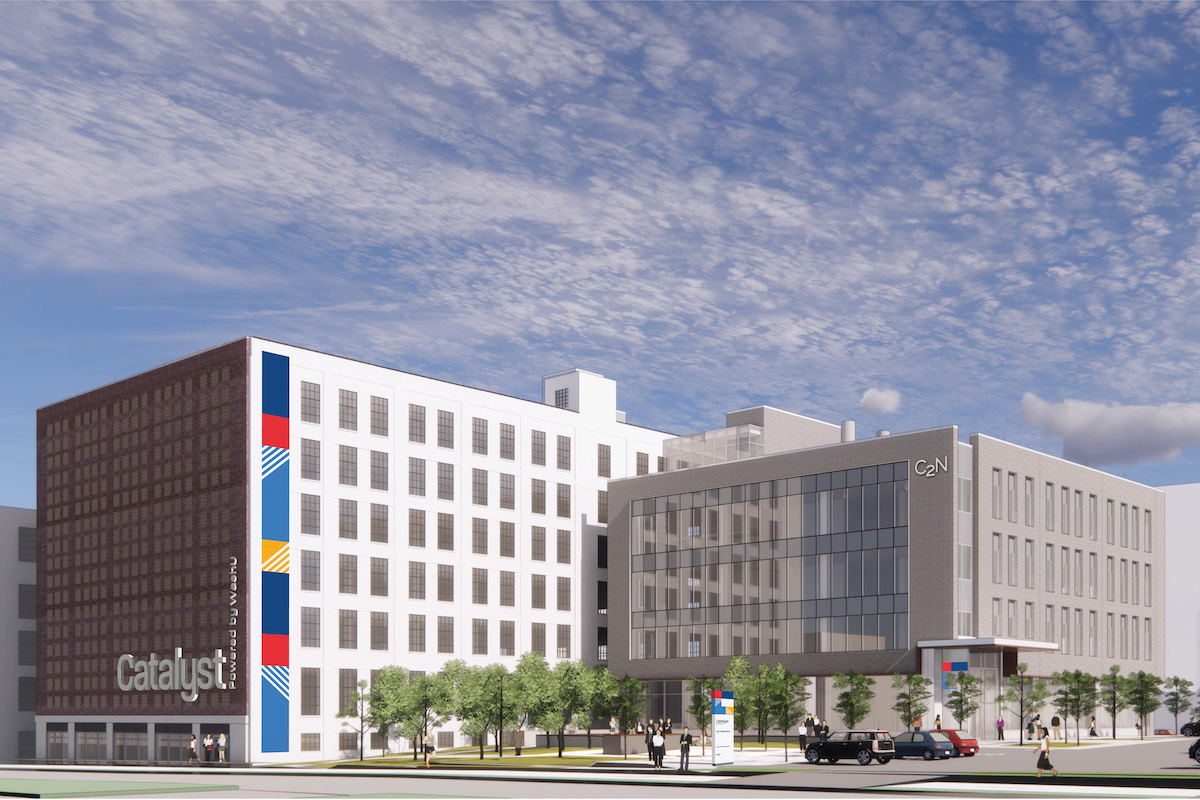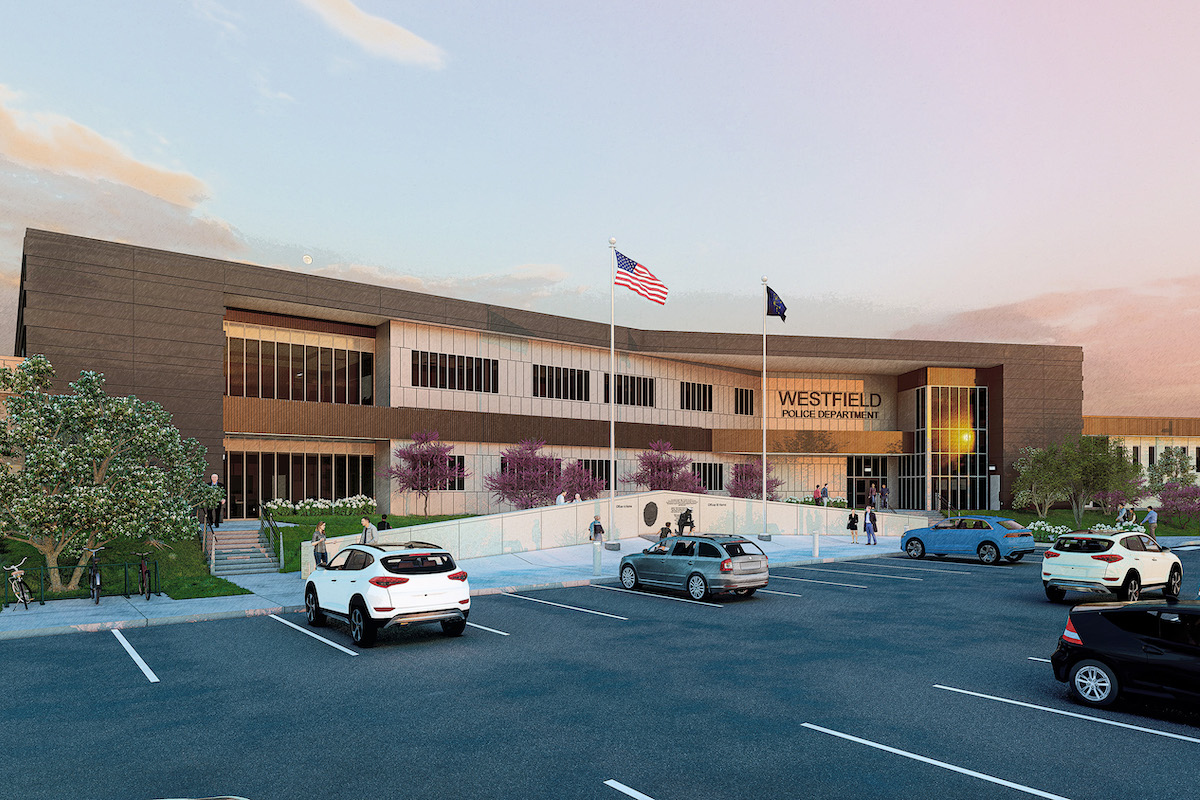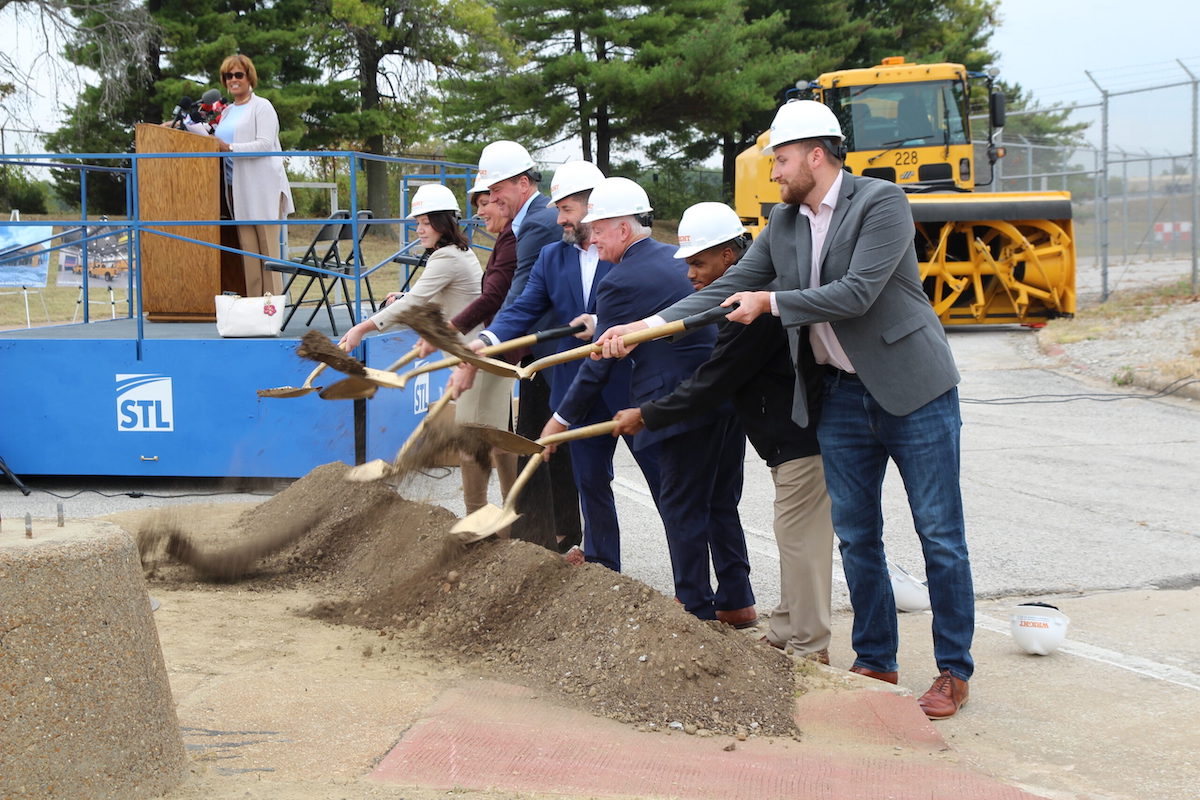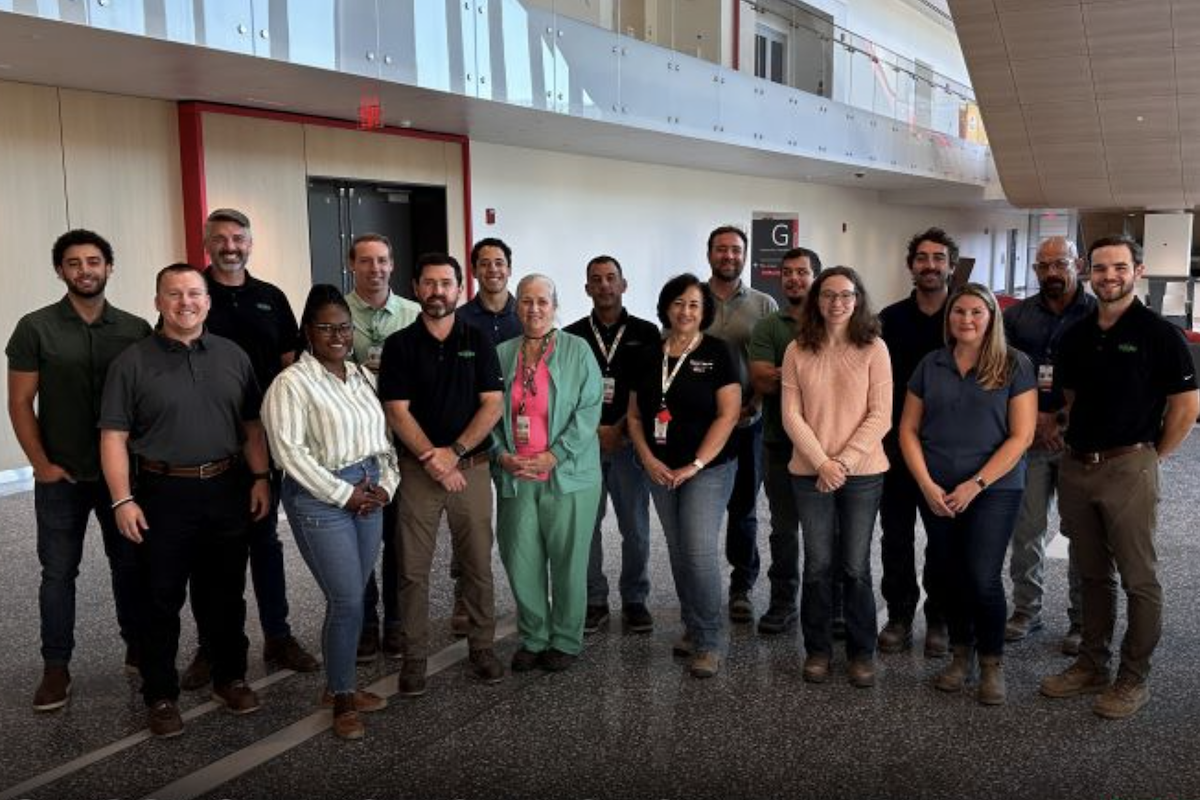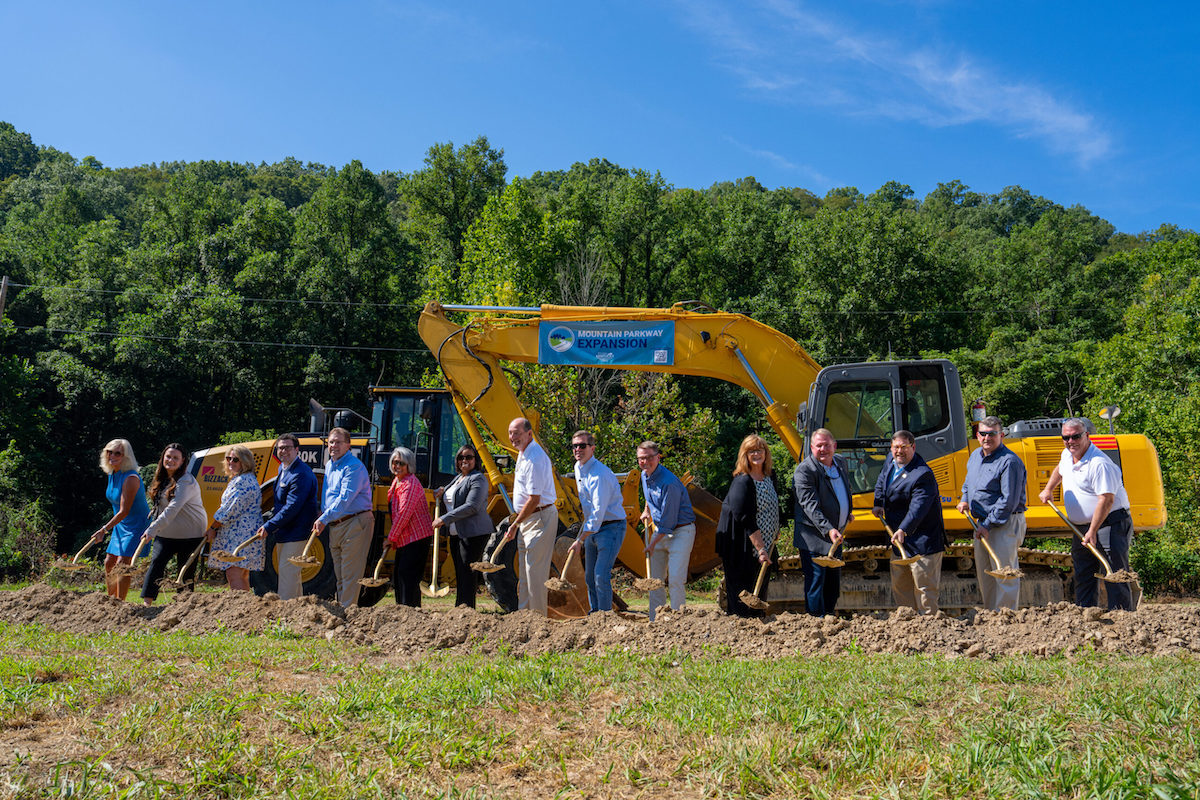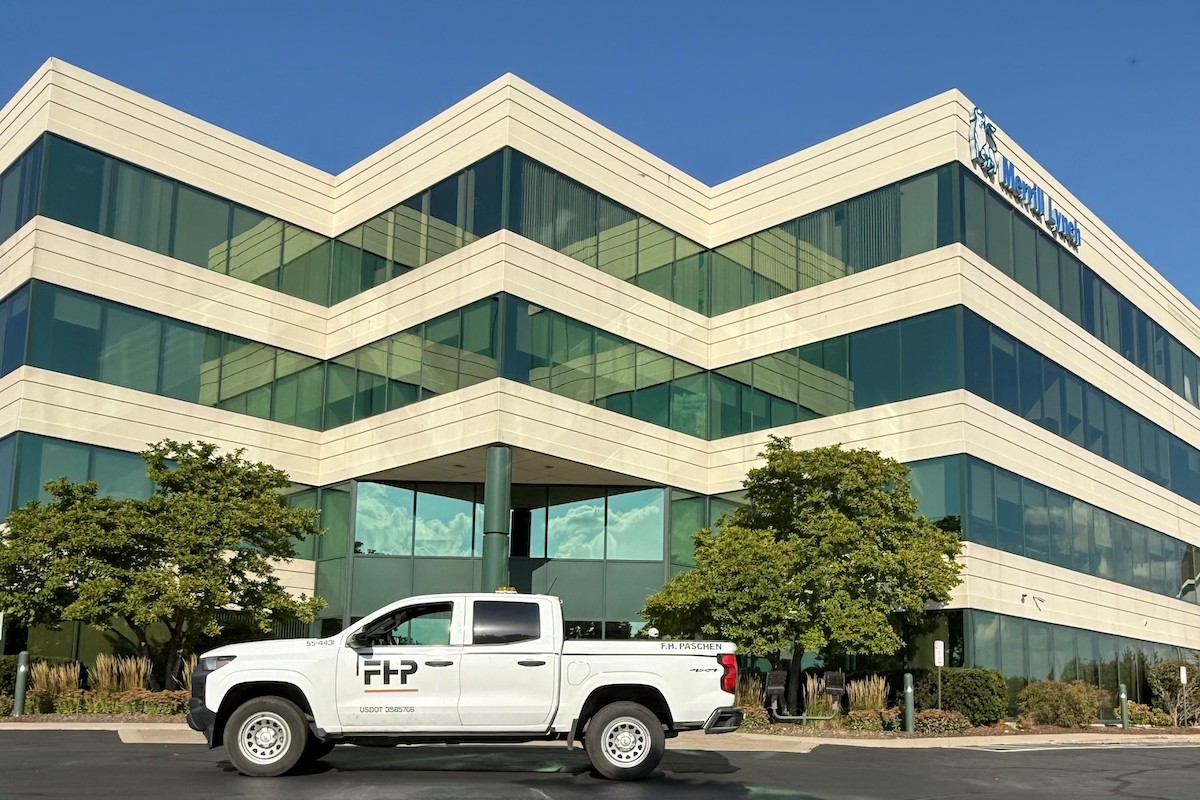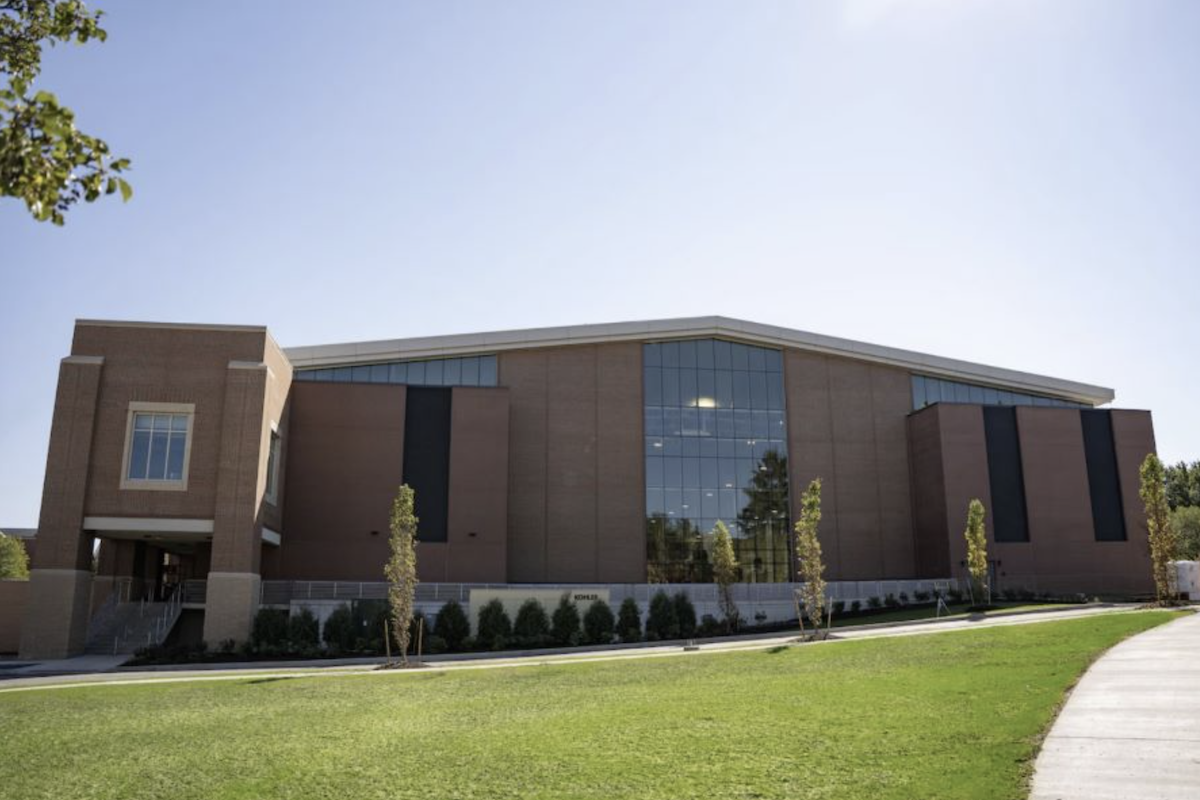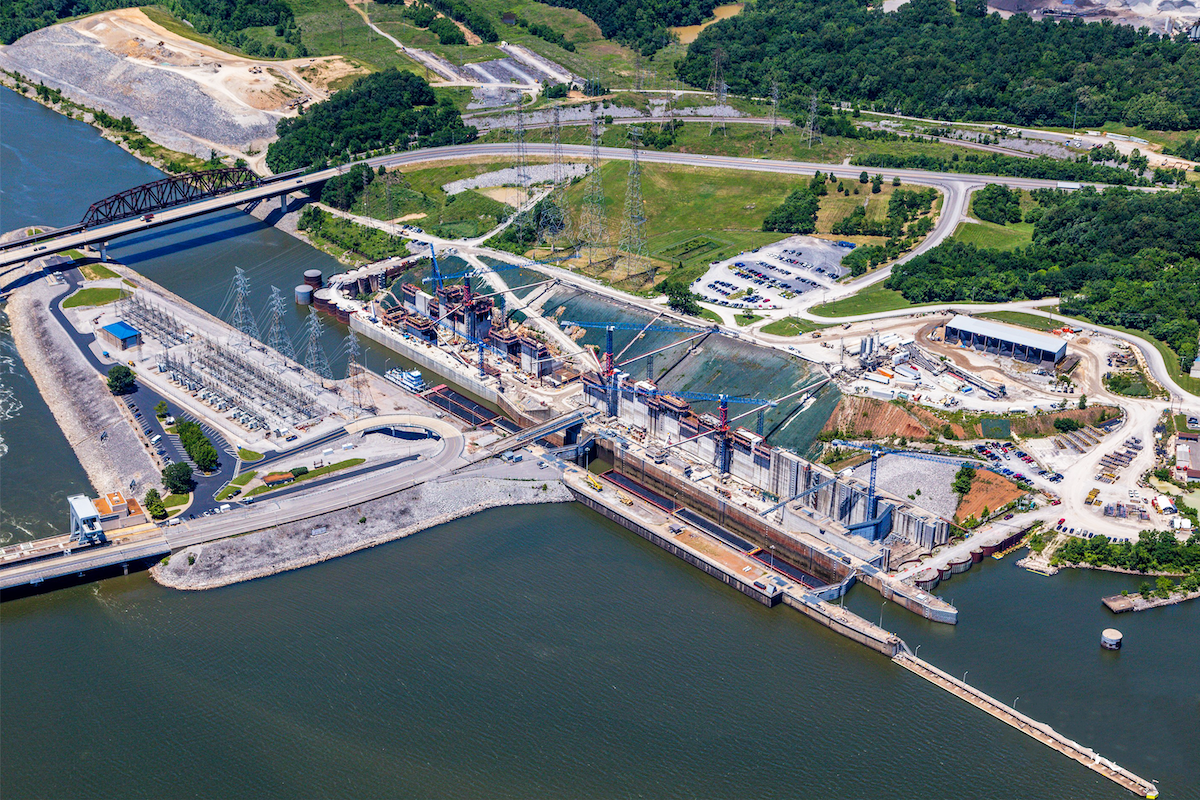Even with the local labor crunch easing, the industry still hasn’t recovered the jobs lost in the early stages of the pandemic. Today’s labor force is still 0.2 percent smaller than in February 2020. The industry’s falling demand begs the question — will the region’s skilled contractors stick around or relocate for readily available jobs? If and when the industry picks back up, that lost talent could be sorely missed.
At an industry event in Philadelphia, Gattuso Development Partner's Vice President of Construction John Spitz suggested one potential factor contributing to the decline of the industry. He indicated that the industry adapted to perennial labor shortages by incorporating prefabricated solutions, and while the competition for onsite roles has eased, the factory positions that a reshaped sector now relies on remain vacant.
“That’s why things are so late,” Spitz said. “For your HVAC systems, your electrical systems, you could be 50 to 80 weeks out.”
Nationally, construction spending has experienced a slight dip, with a mere 1 percent increase over the full year. After factoring in inflation, this suggests a decline in real dollar investment. It is a potent example of the pressures bearing down on various construction market segments and could suggest that the trouble currently facing the region may soon reach other markets.

| Your local Bobcat dealer |
|---|
| O'Leary's Contractors Equipment & Supply |
In Marcum’s most recent construction survey analyzing Q4 of 2023, the Commercial Construction Index, Marcum Chief Construction Economist Anirban Basu suggested that price escalations have leveled off to offer some relief, particularly in the later parts of the year. Yet, despite these tailwinds, including global supply chain improvements and a reduction in global demand, commodity prices persist at levels approximately 38 percent higher than those seen at the pandemic's outset.
While all eyes remain fixed on the Federal Reserve's monetary policies, the future hinges on more than FED action. Marcum’s survey of the industry reveals that industry leaders feel the need to stay alert and flexible in response to economic changes to sustain momentum and navigate through any forthcoming uncertainty.
In Delaware, New Jersey, New York, and Pennsylvania, the construction industry stands at a precipice marked by simultaneous declines in jobs available and general industry growth. Dedicated efforts to cultivate a sturdy workforce in the supplemental markets that construction relies on, embrace innovative recruitment methods to get ahead of future labor shortages, and remain nimble amid economic flux could steer the regional industry once more toward prosperity. However, for now, the industry's short and medium-term prospects are trending in the wrong direction.
He has extensive experience advising on mergers, acquisitions, and divestitures. He has served as a Technical Reviewer for the American Institute of Certified Public Accountants’ (AICPA) construction audit and taxation guides for more than two decades and chaired the AICPA National Construction Program Conference Committee from 2012 to 2014.















